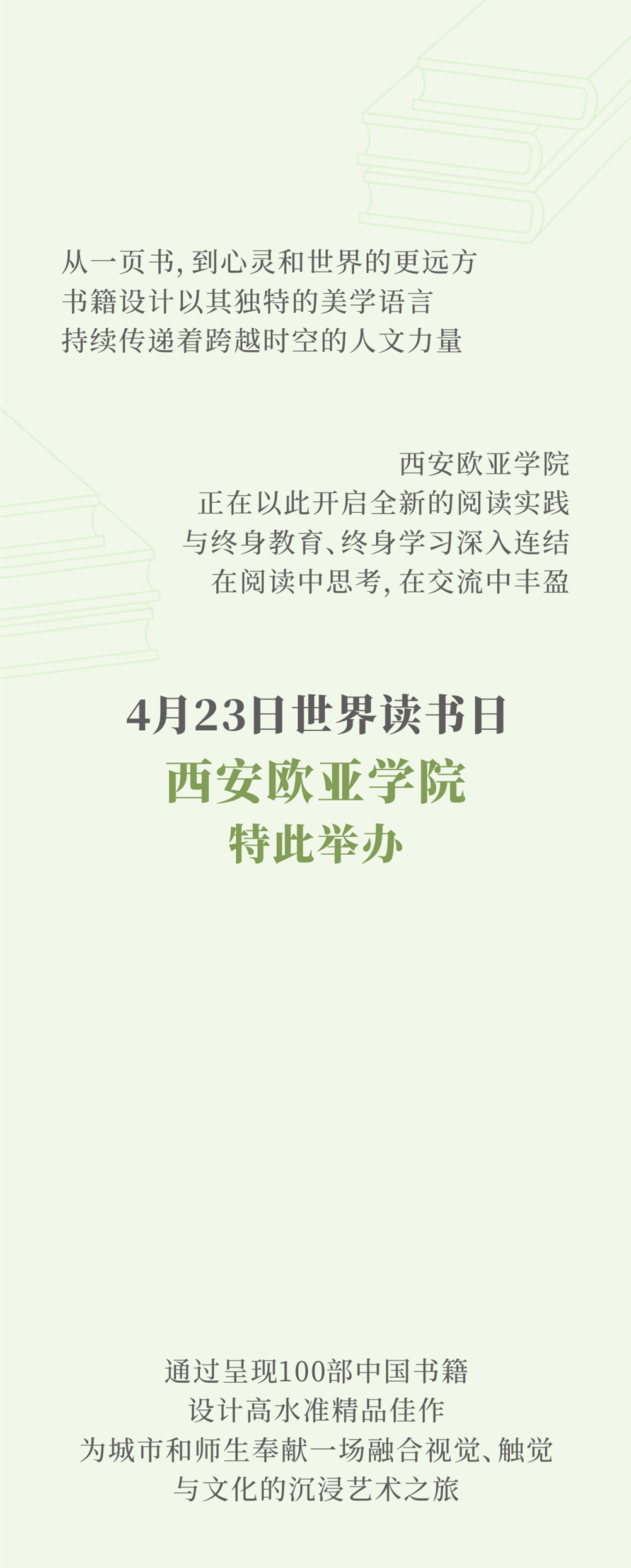
PART .01
Echoes of reading
"Books 100 The Most Beautiful Book Fair"
Opens in Xi'an Eurasia University
In spring, cultures resonate. On the afternoon of April 23, "Books 100 The Most Beautiful Book Fair" was opened in the Administrative Center of Xi'an Eurasia University.
Li Jiao, Assistant to Director of the Brand Communication Department of Xi'an Eurasia University, delivered a speech at the opening ceremony. "From an independent bookstore in the southern suburbs of Xi'an to Guanzhong Bookstore and Jiahui Hantang Book City, the historical accumulation has provided fertile soil for students' reading practice of Xi'an Eurasia University. The university holds a reading culture festival every year on the World Book Day to encourage students to read, which is highly consistent with our goal of lifelong education and lifelong learning. In Xi'an Eurasia University, we can feel the unique style of book design in different periods and regions at close range, as well as the diversified design concepts and creative expressions of designers. This is not only a visual feast, but also a valuable learning opportunity."
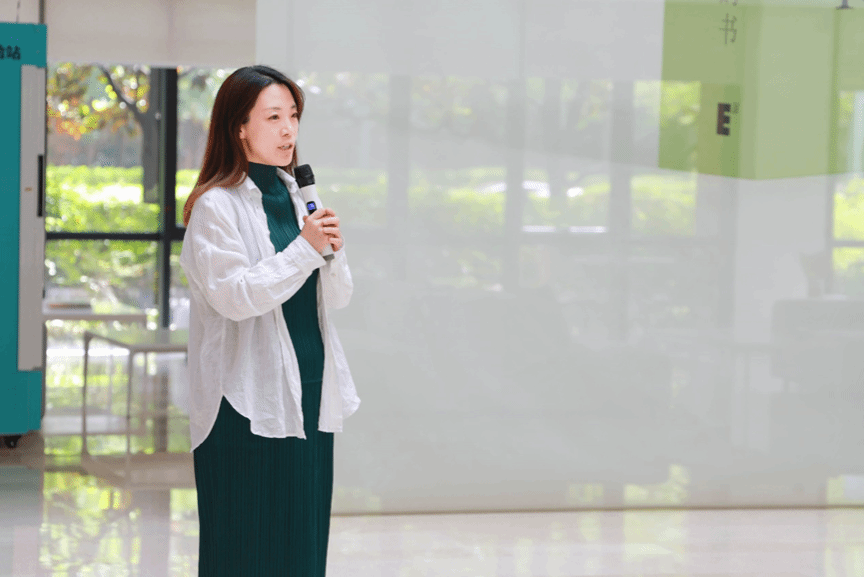
(Photo 2) Opening Speech by Li Jiao, Assistant to Director of the Brand Communication Department
"The Beauty of Books in China has become the highest-level book selection activity in China's book design field since its establishment in 2003. Over the past 22 years, a total of 496 books have won the honorary award of 'The Most Beautiful Book of China', 25 of which have become winners of the "Best Book Design from all over the World". In addition to these 25 books, we selected 75 works from 'The Most Beautiful Books of China' to be exhibited," said Liu Juntao, curator of this Book Fair, a member of Japan Graphic Design Association Inc. (JAGDA), and founder of Hills Culture and Song (lit. "High Mountain"). He stressed, "Books are containers of ideas and carriers of art. The Book Fair enabled us to sense the temperature of paper in different designs and regain the unique charm of paper books at close range."
Victor Papanek, a design theorist from the United States, once said, "Design is the conscious and intuitive effort to impose meaningful order." Among these exhibits, some works were presented to the public with their exquisite binding and unconventional creative designs, making visitors stop to appreciate them for a long time.

(Photo 3) Speech by Liu Juntao, Curator of the Book Fair
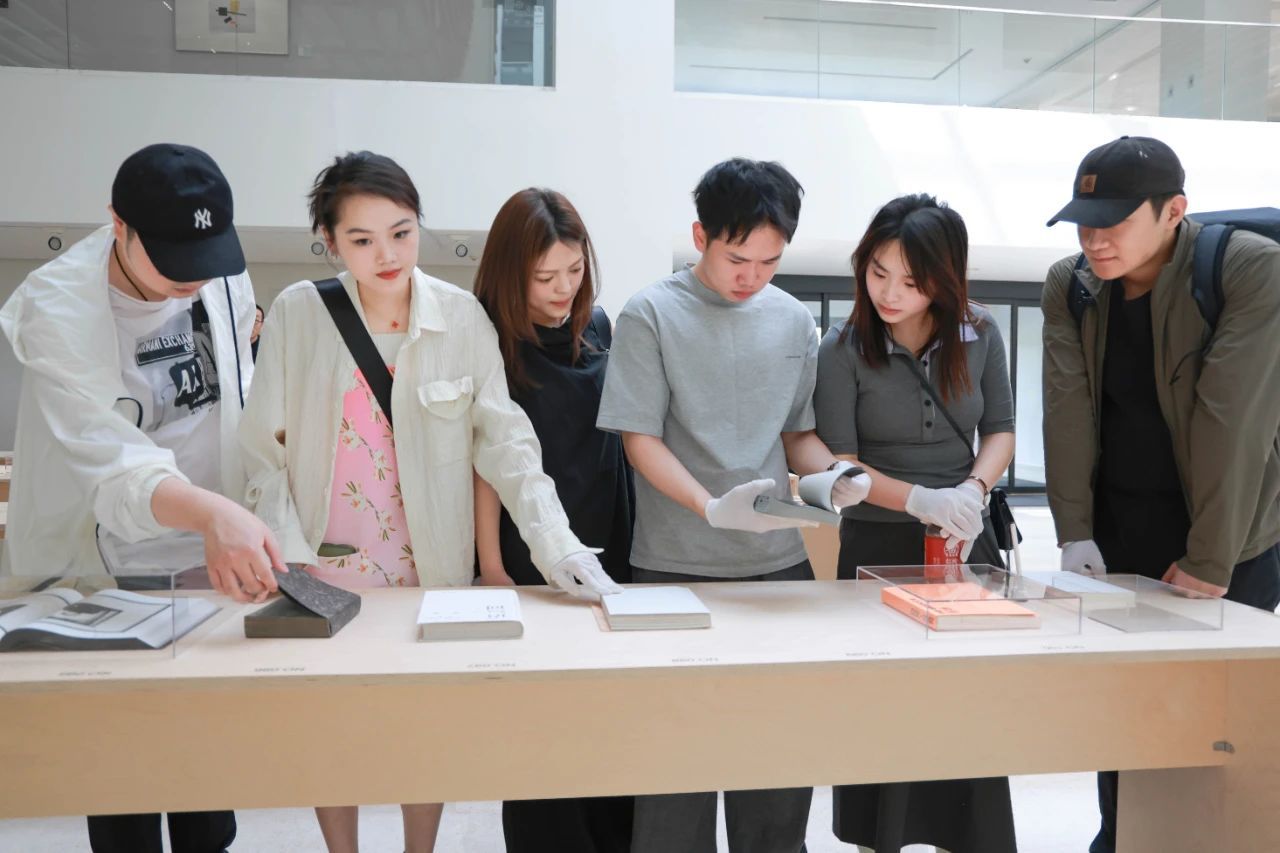
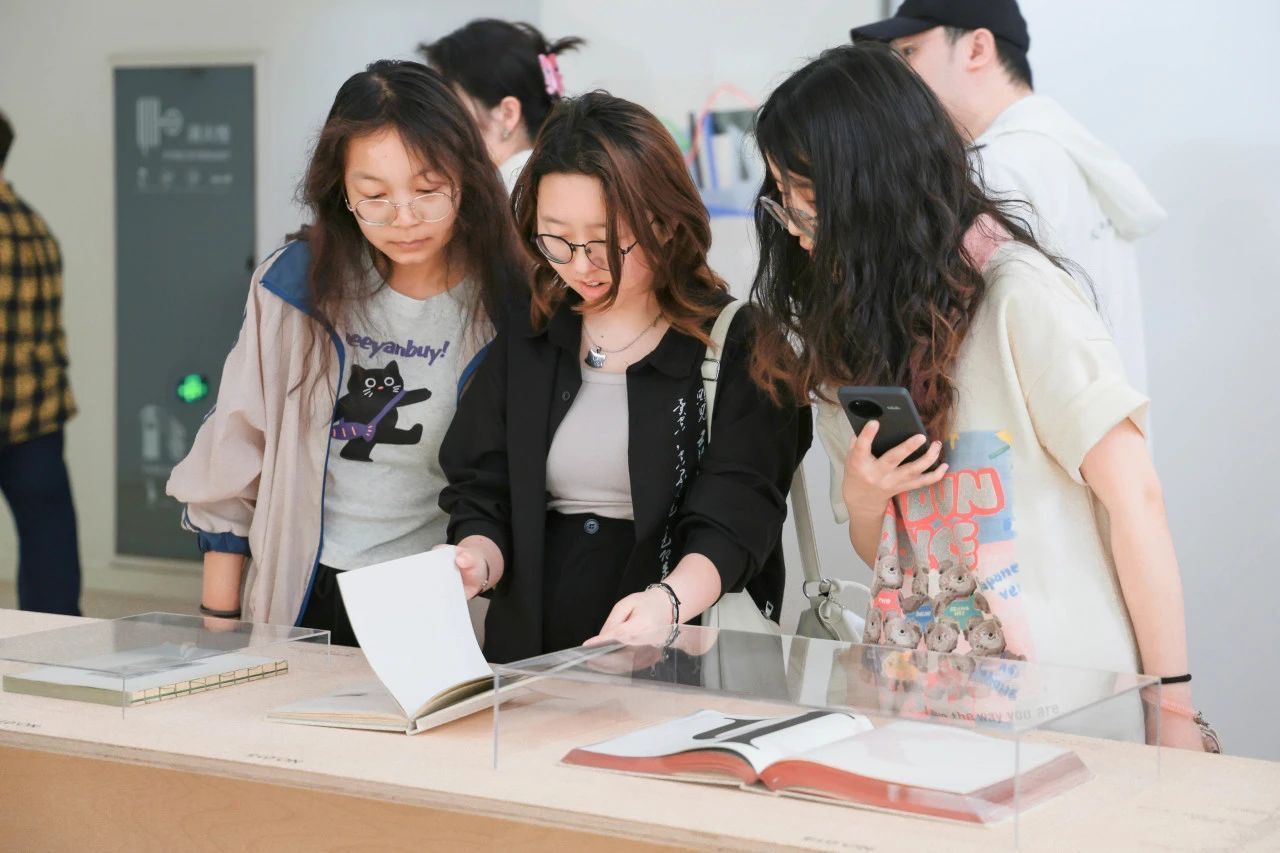
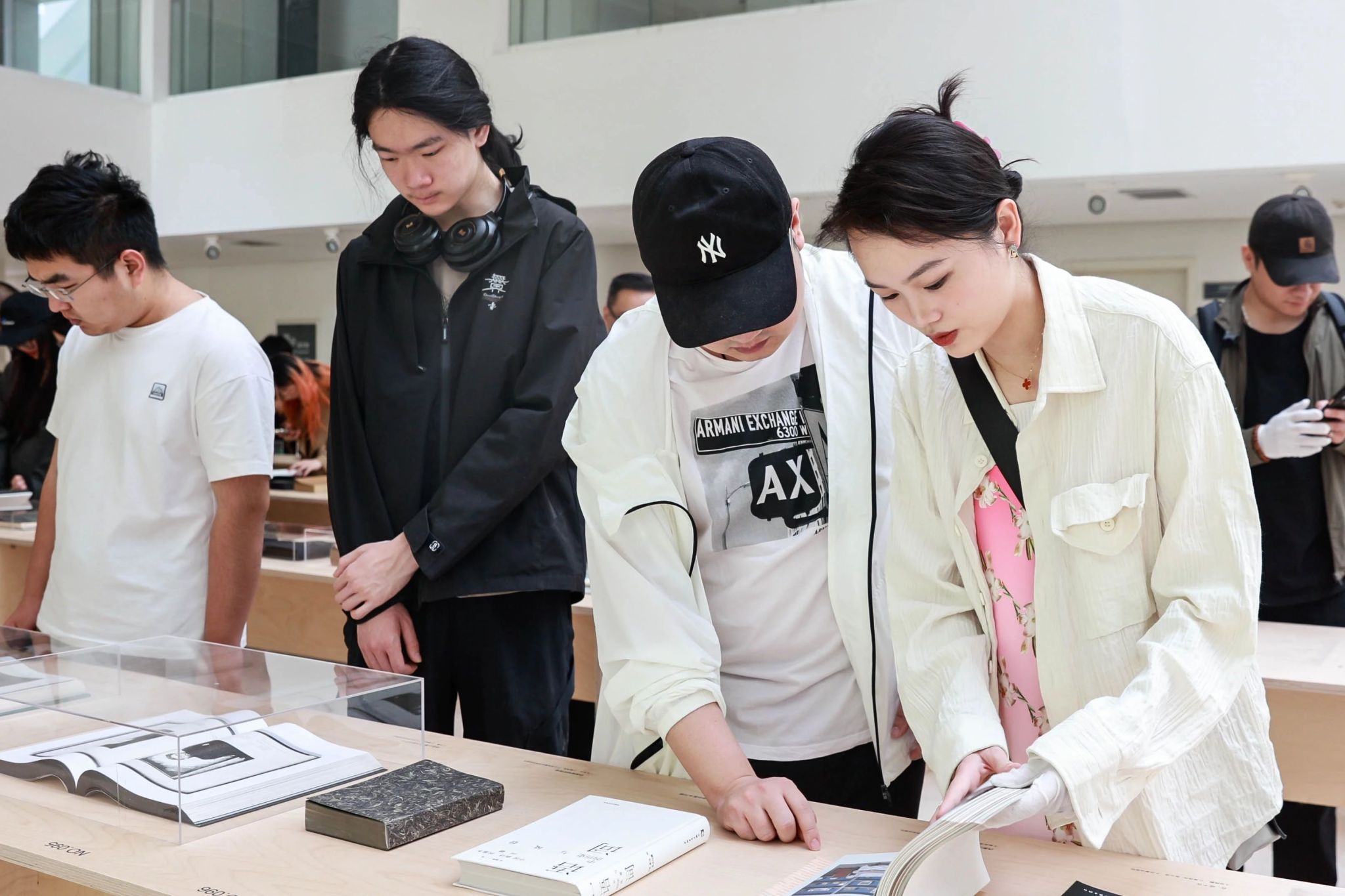
(Photo 4) Visitors Appreciating the Works
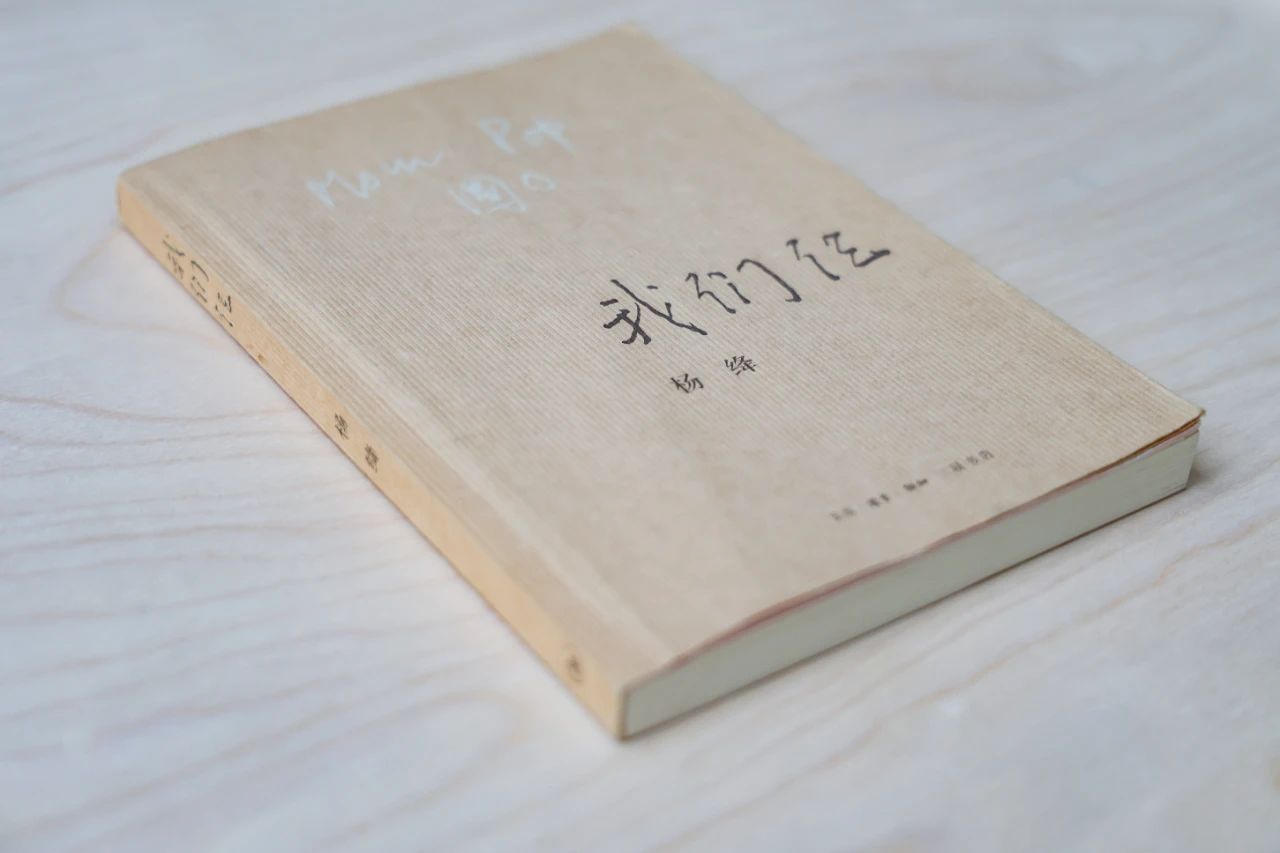
We Three
Winner of The Most Beautiful Book of China 2004
This classic piece of prose, created by Yang Jiang in her later years, unfolds with delicate brushstrokes that evoke the tender memories of her life with her husband, Qian Zhongshu, and their beloved daughter, Qian Yuan. The designer chooses warm gray kraft paper and the handwritten book name as the carrier, perfectly matching the historical profoundness of the text. The minimalist cover design abandons all redundant decoration and reveals the context of a specific era with "historical influence". The book is intriguing because of the designer's creative temperament and concise design language.
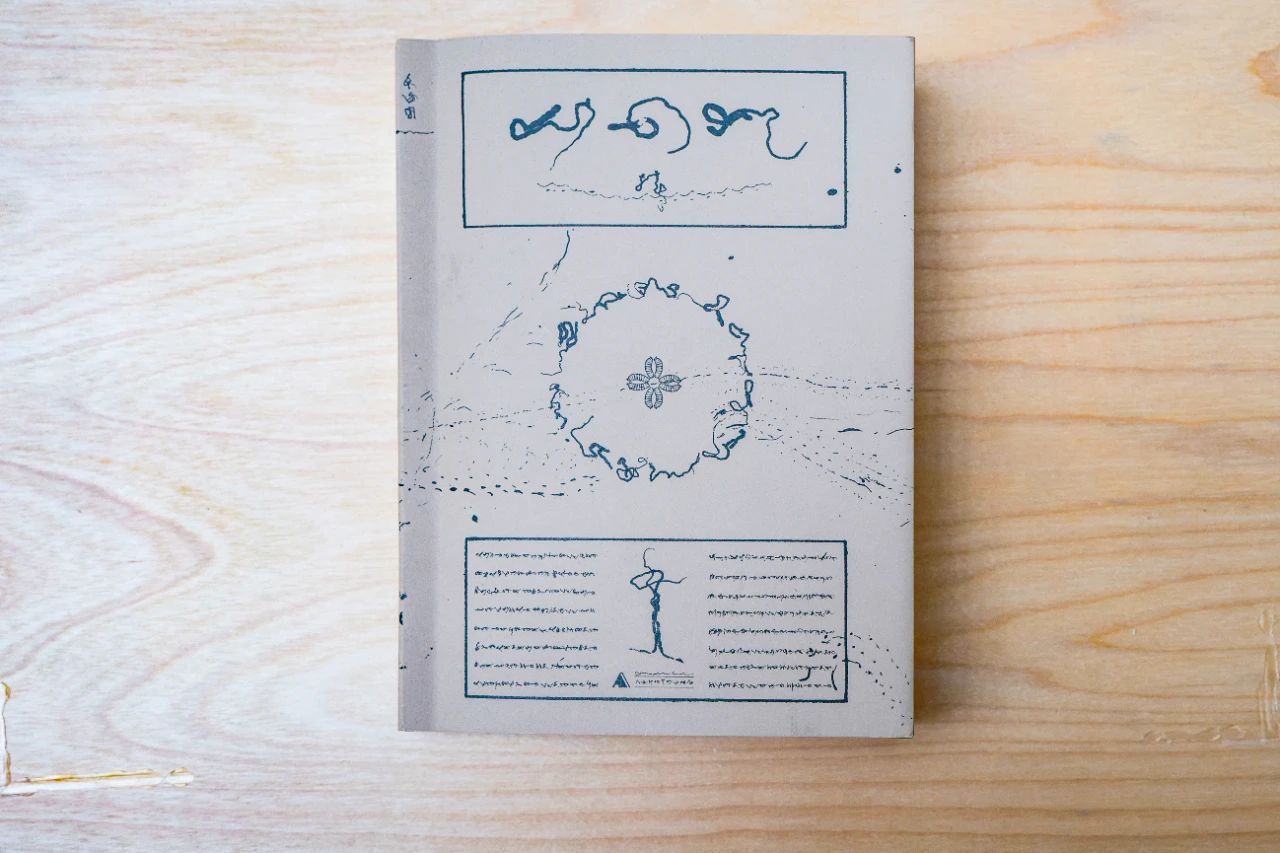
Bugs' Book
Winner of the Best Book Design from all over the World 2017
Winner of The Most Beautiful Book of China 2016
This wordless book composed of insect footprints confirms what Papanek called the design philosophy of "endowing disorder with meaning". This book consists of crawling marks left by bugs stained with ink. Through careful observation and treatment, the traces of worms have transformed into "a work" with calligraphic and textual charm, which are wonderful and interesting. Using black, white and light tan, the book is neatly bound, making it elegant and dignified.
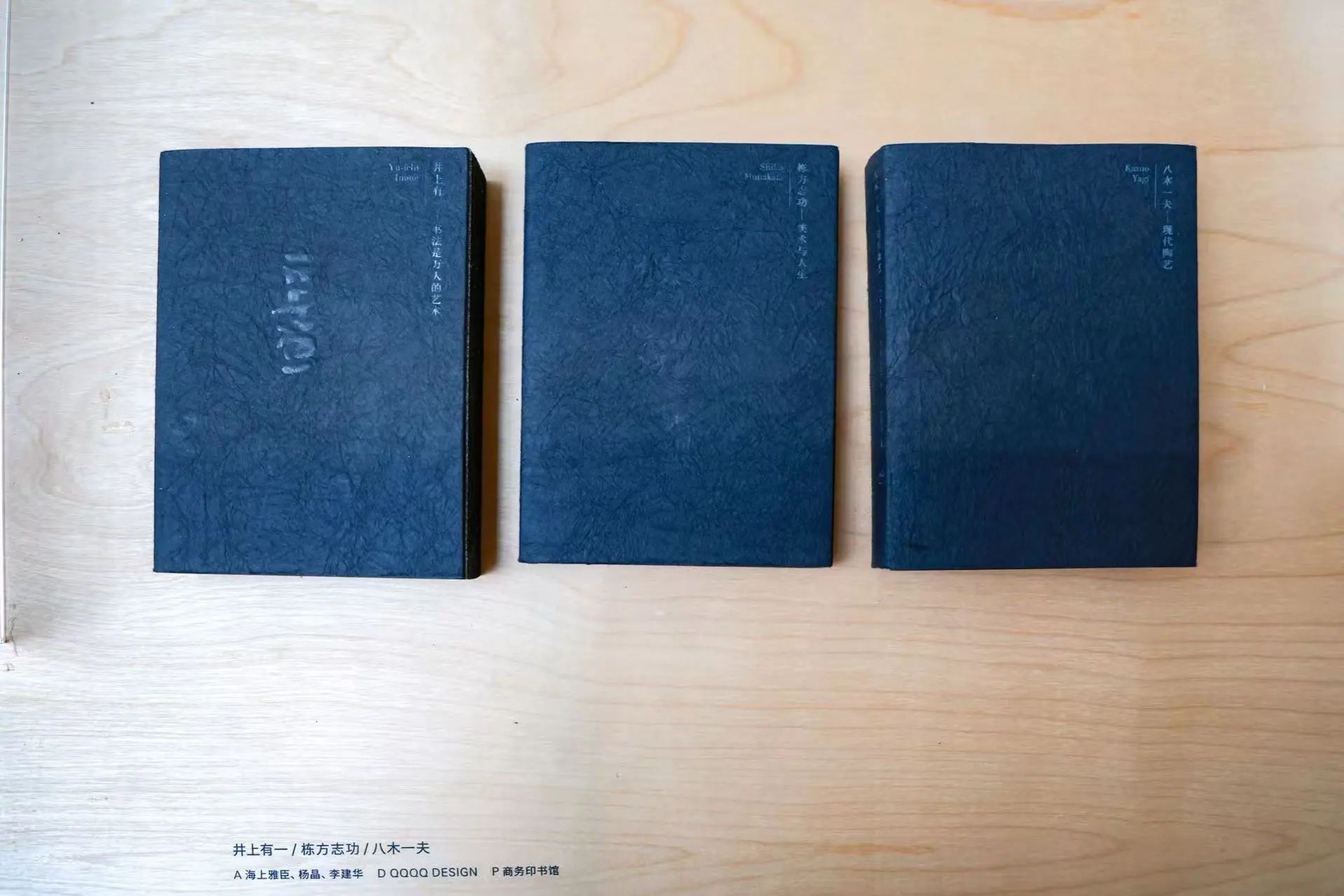
YU-ICHI INOUE/SHIKO MUNAKATA/KAZUO YAGI
Winner of The Most Beautiful Book of China 2018
This collection of artistic works focuses on the creations by three post-war masters in Japan, showing the unique aesthetics of oriental modern art. The designer employed an unconventional bookbinding technique by preparing three books encased in magnetic black envelopes. While maintaining the consistency of the spine, the designer crafted three distinct styles for the book openings: burr, paperback, and uneven. The book features black as the main tone, with inner image processing highly unified the overall design language. Through the dual experience of touch and vision, it perfectly interprets the oriental aesthetic spirit and medium-related philosophy contained in the works of the three artists.
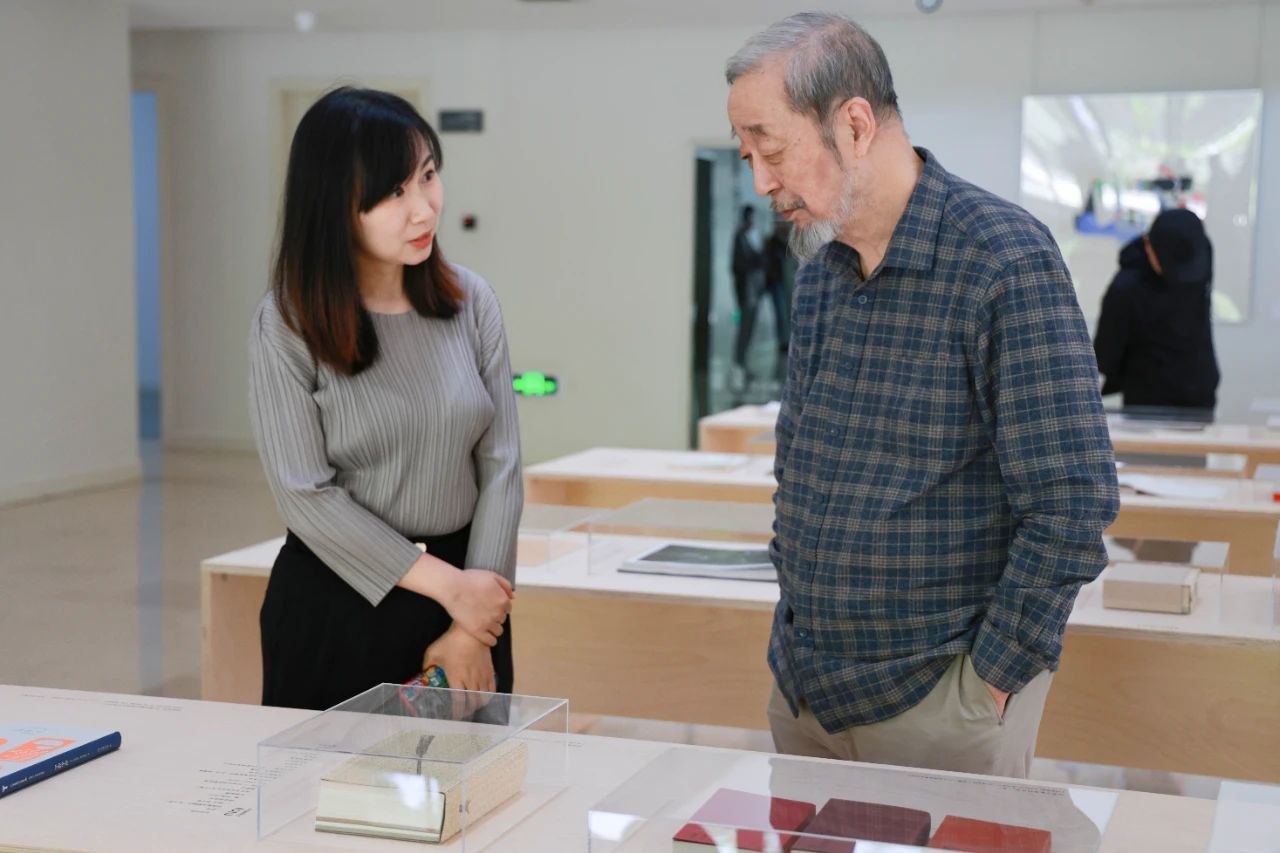
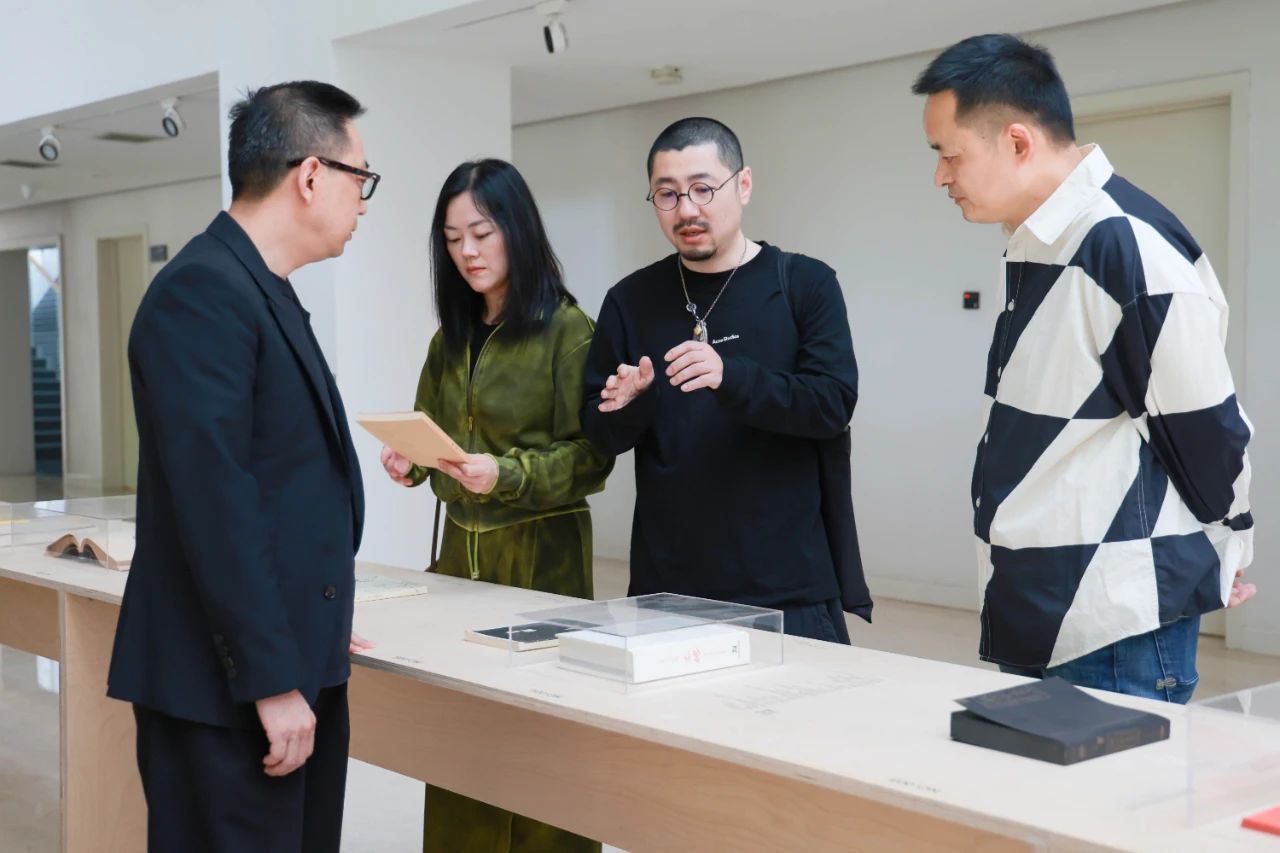
(Photo 8) Relaxed and Lively Atmosphere on Site
Visitors touched the paper, took photos of the text, and exchanged ideas with each other. The Book Fair aroused frequent reflections. "The most rare part of this Book Fair is that it brings together many out-of-print books and scarce design works, which can provide teachers and students with systematic samples for observation. For example, it classifies and displays books of the same theme or type, so that visitors can feel different design characteristics and diverse printing technologies. However, each design style and content meaning present uniformity, which is very important," said Mr. Li, a designer visiting the Book Fair.
"When I saw the book The Slowpoke Snail, I thought it was very interesting. It is very similar to picture books of my field and is also related to the life education topics I am currently working on. When the first pattern appeared, it gave me the desire to explore the book. When I turned to the last page, I found that it is a snail. Every page has a beautiful text annotation next to the image. If you send this book to children, they will have more ideas about exploring life," said a student of the School of Humanities and Education in surprise.
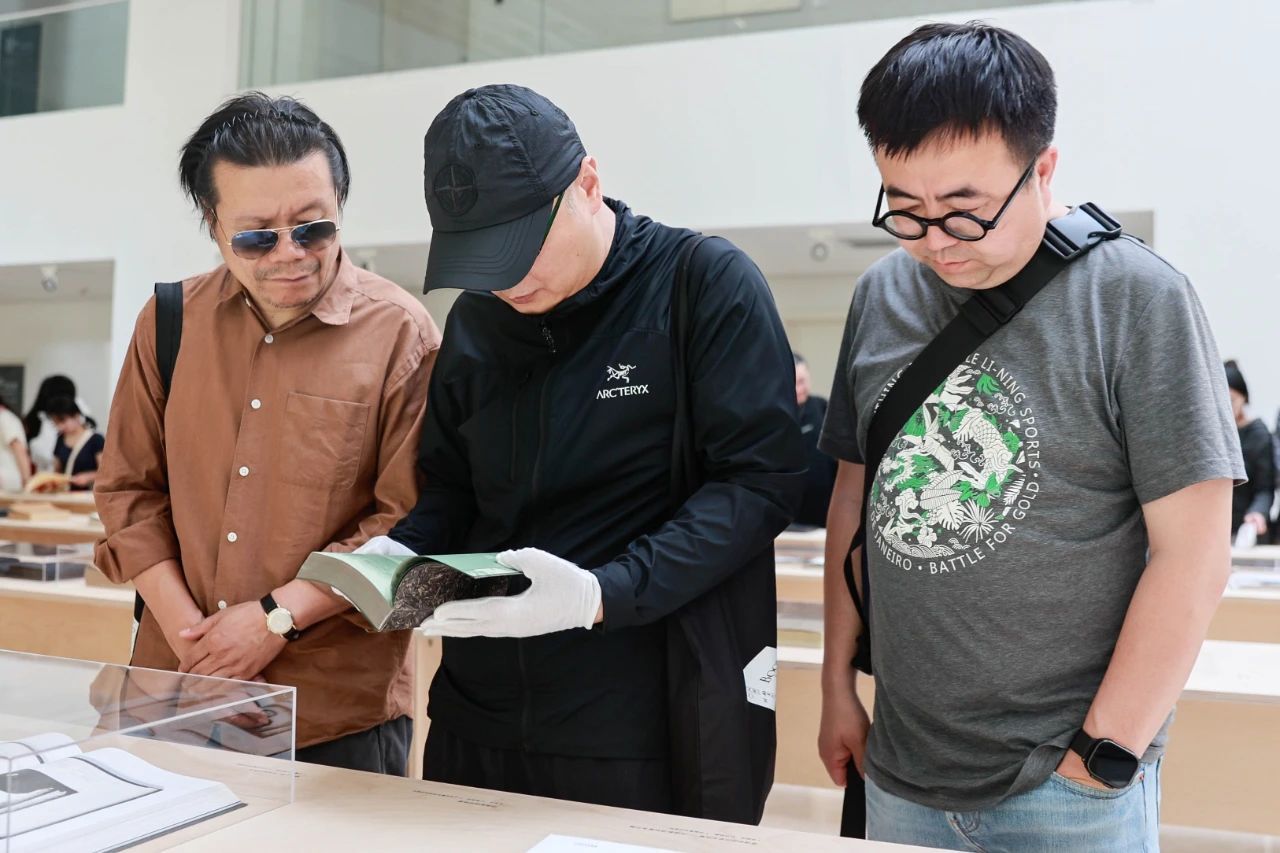
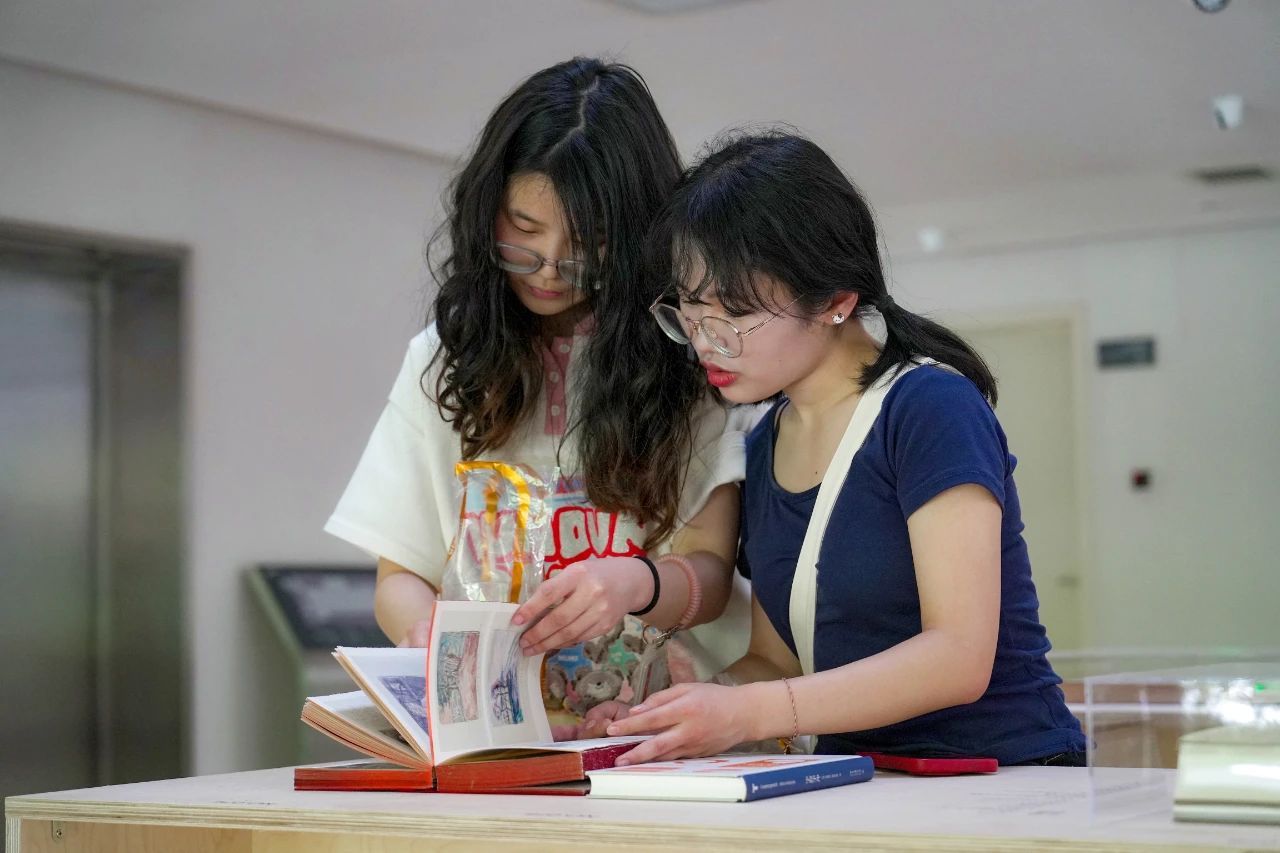
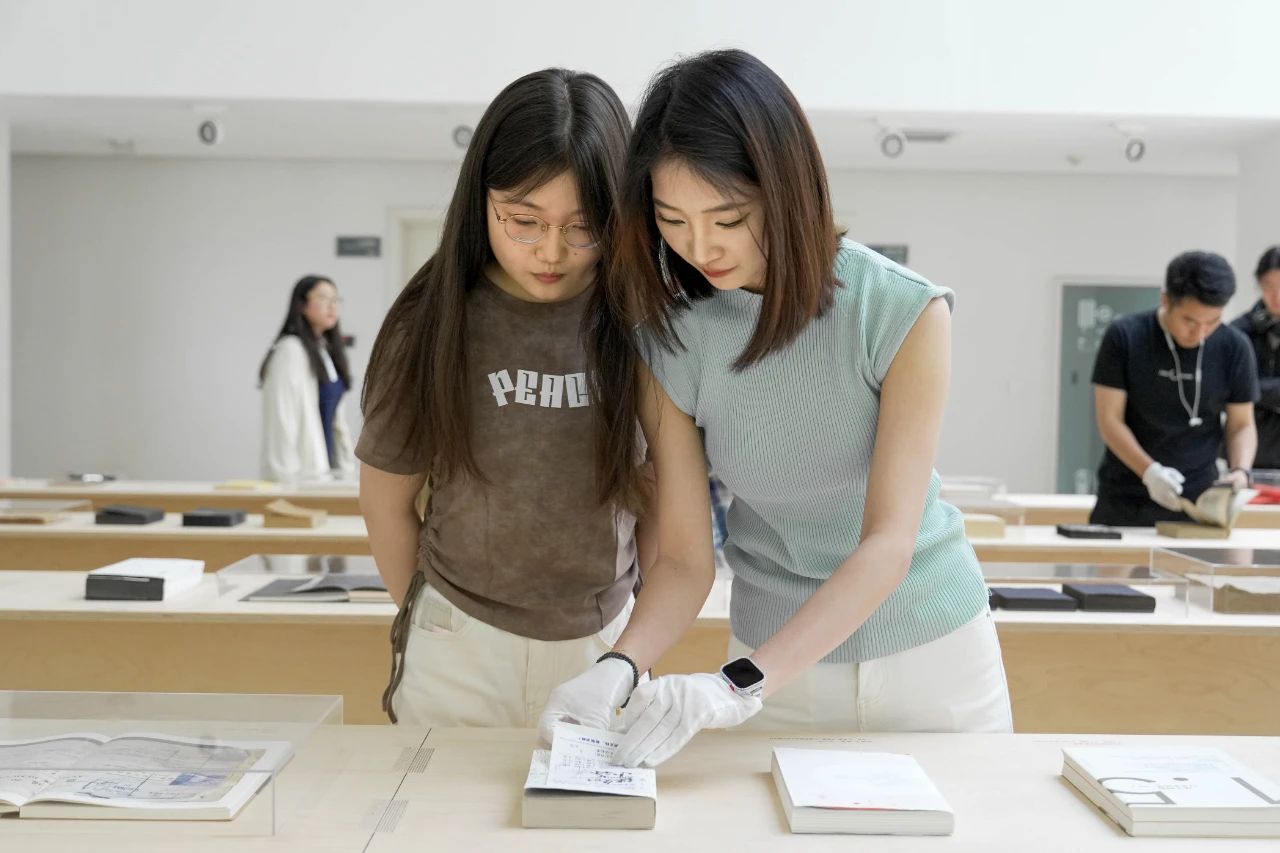
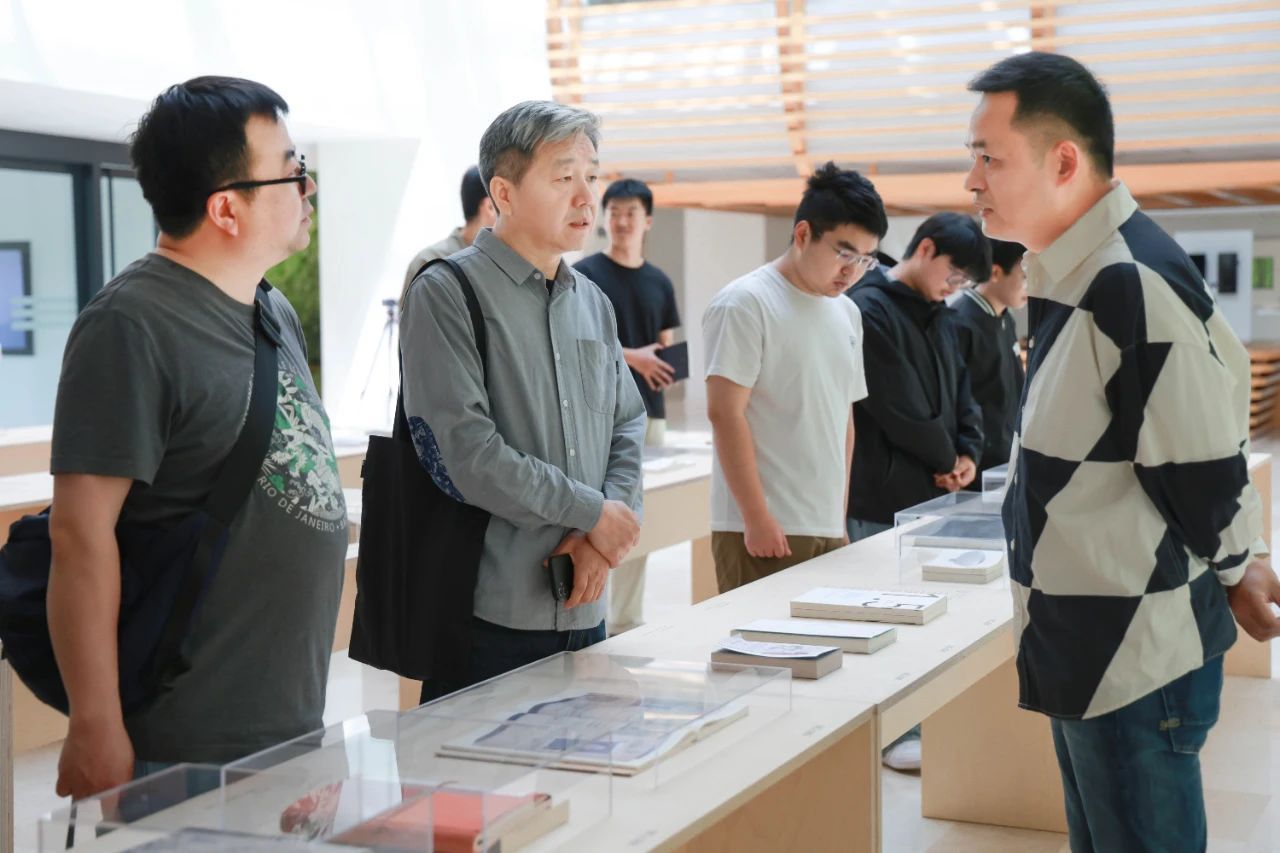
(Photo 9) A Feast of Various Types of Books
At that moment, books were not only the carrier of knowledge, but also a vivid class for aesthetic education. Readers learned about the history and imagination between lines page by page, enabling the generation and circulation of spiritual energy.
PART .02
Diversified co-creation
Continue to explore the local growth of book art
On the opening day of the Book Fair, Hong Wei, a member of the Alliance Graphique Internationale (AGI) and JAGDA, together with AGI members Qu Minmin and Jiang Qian, shared their ideas and creative experience in book design with teachers and students present, starting a dialogue on design aesthetics.
"Everyone's perception has its limitations.
Design itself is an expression of the limitations."
—Hong Wei, a member of the AGI
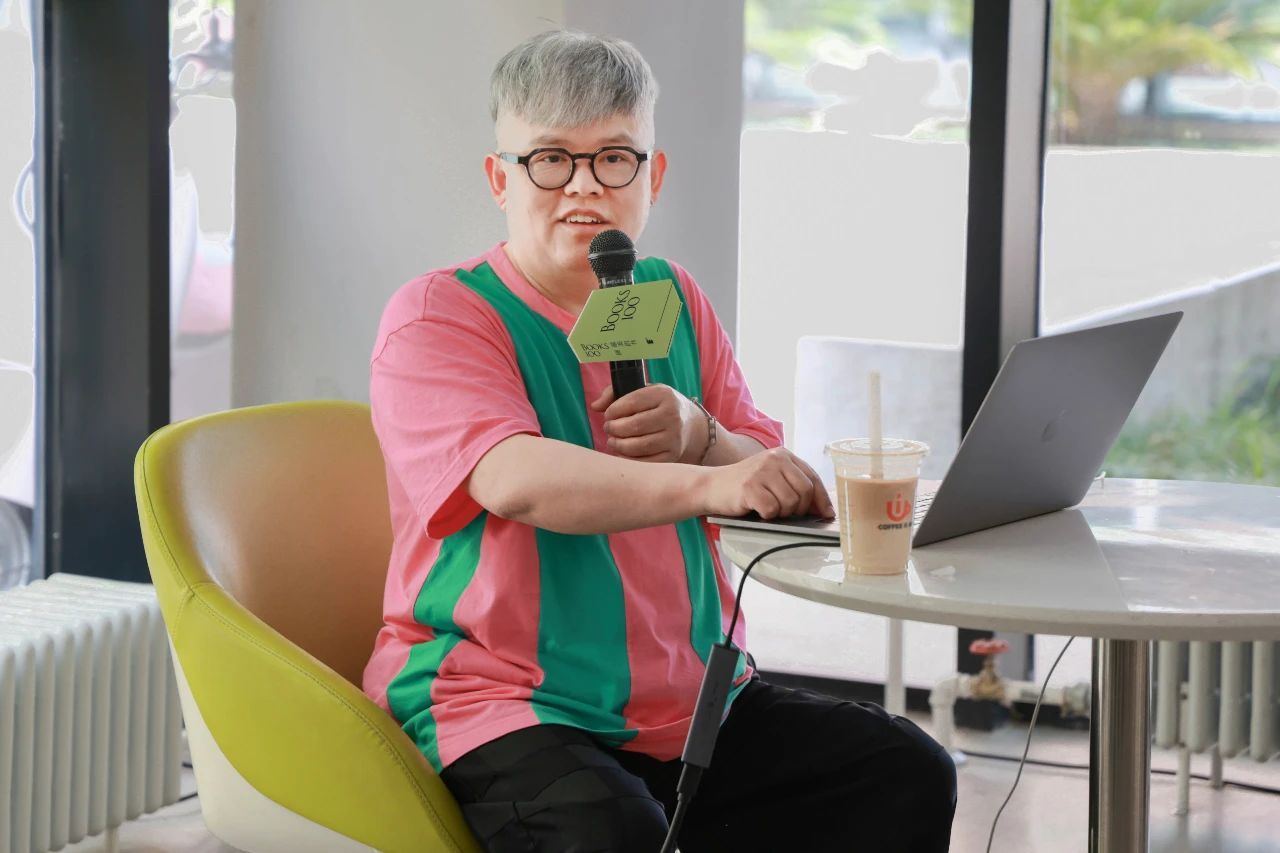
(Photo 10) Speech on "Hello, Xi'an" by Hong Wei
From the essence of China's traditional culture and in combination with his own design practice for many years, Hong Wei deeply shared his creative experience in calligraphy, furniture, brand design and other fields. He emphasized the design concept of "returning to simplicity", and believed that Chinese designers should fully explore cultural genes such as calligraphy and traditional utensils, so as to re-interpret oriental aesthetics from an international perspective. In his speech, Hong Wei vividly demonstrated how to transform traditional cultural elements into contemporary design languages through his award-winning masterpieces such as "Fortune, Prosperity and Longevity" and "Ni Nan Song". "China's artistic design is very unique. It always has two parallel paths, so the minimalism and maximalism can exist at the same time." Hong Wei always believes that design is inseparable from the purity and joy of the soul and that the root of design lies in love.
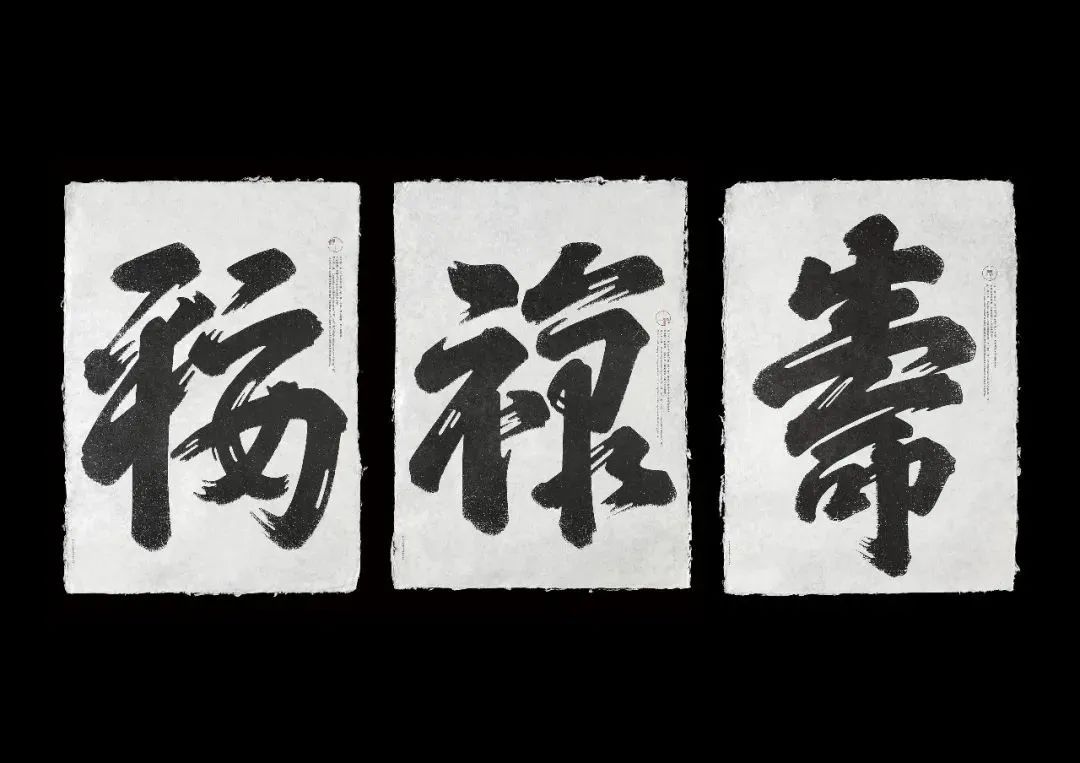
(Photo 11) Poster "Fortune, Prosperity and Longevity" by Hong Wei
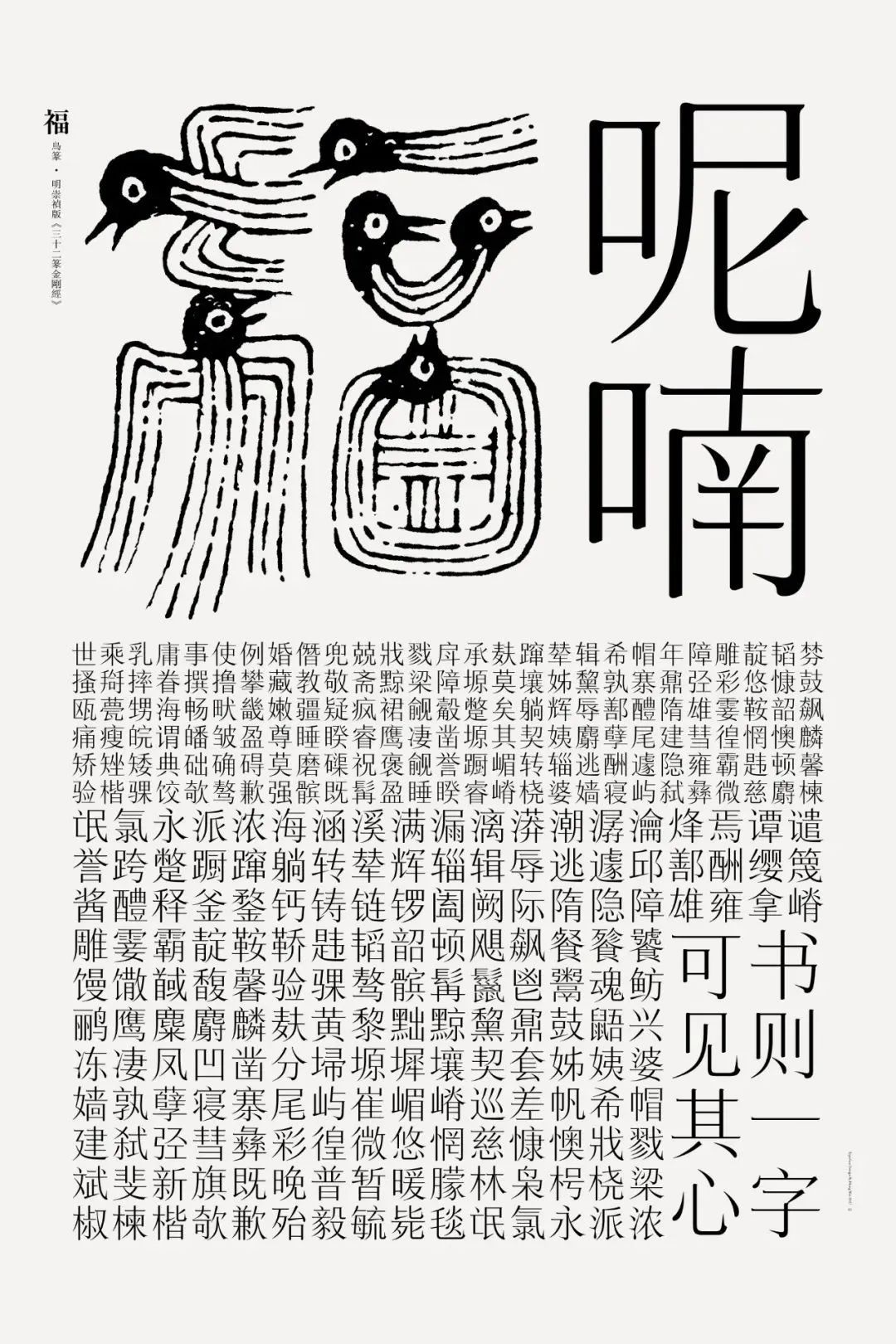
(Photo 12) Font Work "Ni Nan Song" by Hong Wei
"The medium of the text affects what the text conveys.
This may be the point of designers."
—Qu Minmin & Jiang Qian, members of the AGI
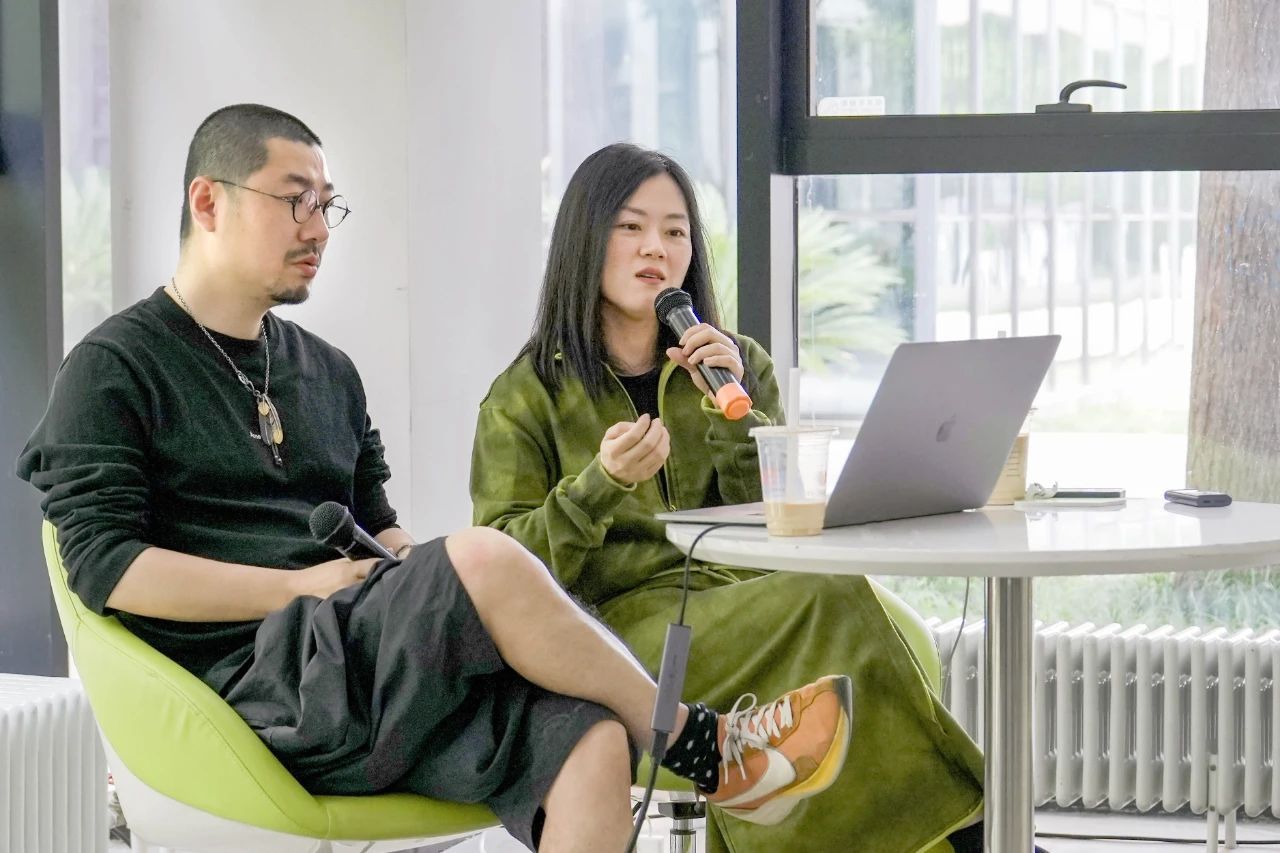
(Photo 13) Speech on "Text Continuation Contributor" by Qu Minmin and Jiang Qian
Through classic cases such as a complete collection of Chen Danqing's sketches, Qu Minmin and Jiang Qian explained how book designers transcend simple visual beautification and become a text continuation contributor. Emphasizing the importance of "textual logic" and "space expression" in design, they proposed that book designers should create unique reading experience and narrative methods through editorial thinking, material selection and binding techniques.
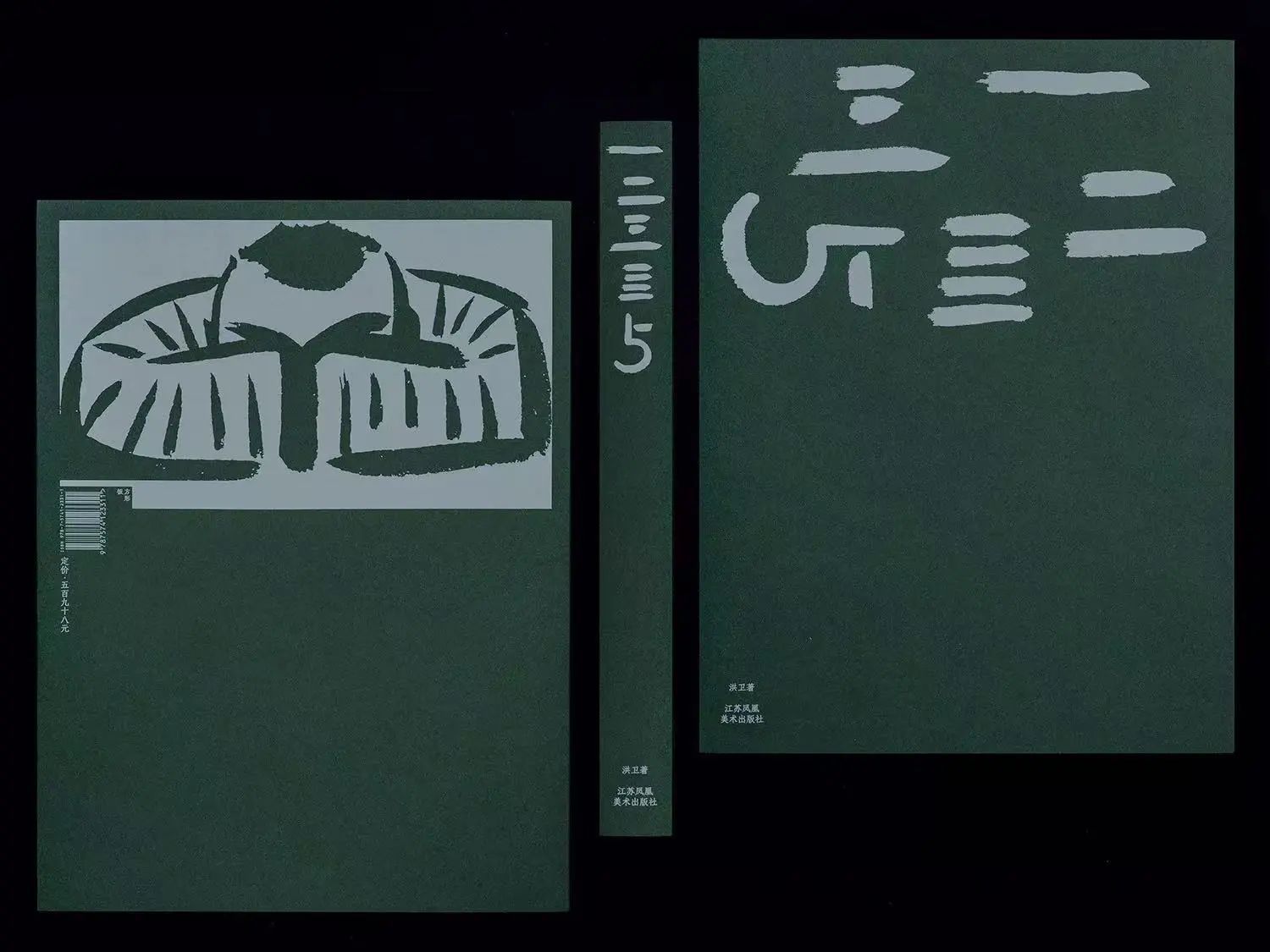
(Photo 14) "One, Two, Three, Four, Five" Designed by Qu Minmin & Jiang Qian
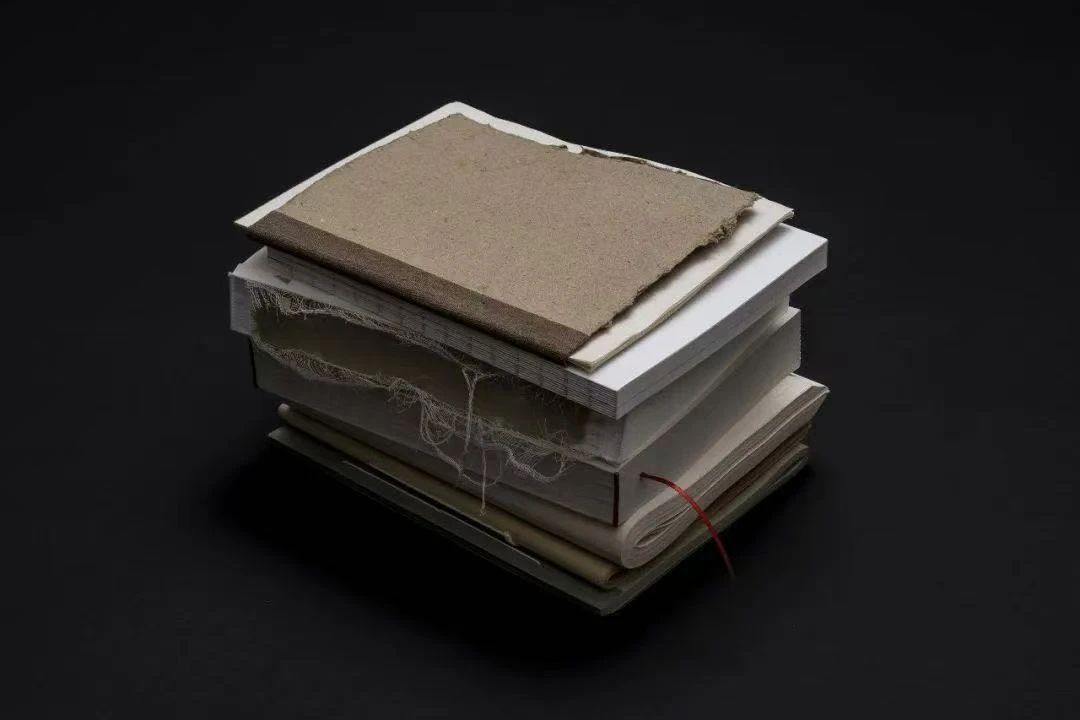
(Photo 15) "Goodbye, Sketch" Designed by Qu Minmin & Jiang Qian
In their sharing, Qu Minmin introduced in detail the application of Kuleshov effect in book design and the ways to transmit cultural connotations through physical attributes such as paper characteristics and change of format; Jiang Qian explored how designers can guide readers' cognition and understanding of text from the perspective of the relationship between media and tools: "We have been thinking and controlling the relationship between handicrafts and industrial production. If a product is purely handmade, it cannot be produced in large quantities. In addition, the process of mass production or industrial production may lose some vitality. We always look for more possibilities of book design based on this relationship."
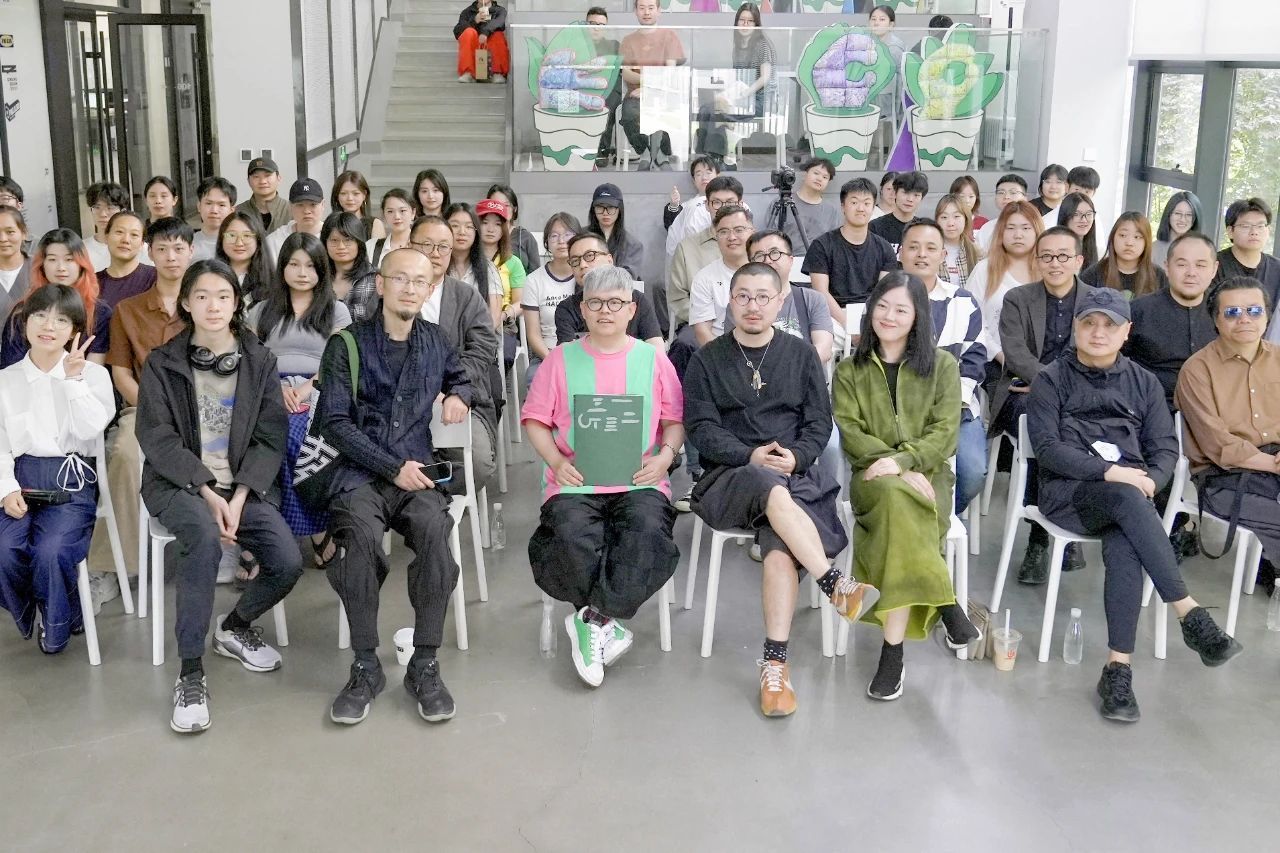
(Photo 16) Group Photo of Guests, Teachers and Students

Date of the Book Fair:
From now until August 31, 2025
Venue of the Book Fair:
Hall of the 1st Floor, Administrative Center, Xi'an Eurasia University
(Text by the Brand Communication Department)





